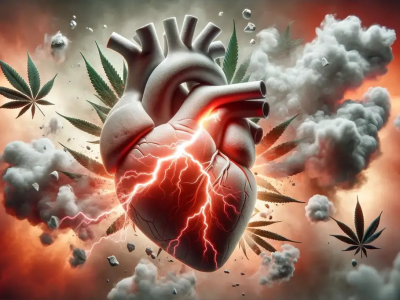25I-NBOMe, more colloquially referred to as N-Bomb, Smiles, or 25I, is a psychedelic hallucinogen that was originally developed in 2003 as a research chemical to assist in mapping serotonin receptors in brains. It has been sold recreationally since 2010 as a psychedelic with effects similar to LSD.
Doses for N-Bomb are very small – equal to a few grams of table salt. Generally, it is applied to blotter paper, which is then placed under the tongue, but it can also be injected, inhaled, or smoked.
“This is a dangerous drug. It is potentially deadly,” said Donna Seger, M.D., professor of Clinical Medicine and medical director of the Tennessee Poison Center, “And parents, law enforcement, first responders, and physicians need to be aware of its existence and its effects.”
Symptoms of an Overdose
As with all substances sold illegally, there is no quality control and therefore doses can vary wildly. Symptoms of an overdose of N-Bomb include:
- Hypertension (high blood pressure)
- Tachycardia (rapid or irregular heartbeat)
- Hyperthermia (elevated body temperature)
- Dilated pupils
- Agitation or aggressive behaviour
- Delirium
- Hallucinations
- Seizures
- Renal failure
- Coma or death
There are other side effects associated with N-Bomb as well, including: confusion, difficulties communicating, paranoia, and long-term damage to the renal system.
According to David Caldicott, M.D., clinical lecturer at ANU Medical School, “NBOMe creates problems by thickening the blood and thinning the blood vessels and this is the main catalyst behind a range of other issues … leading to heart attack, renal failure, and even stroke.”
N-Bomb’s affect on the cardiovascular system coupled with its extreme potency and lack of quality control lead combine to create a uniquely dangerous substance that can easily push users into the realm of overdose and toxicity.
Deaths Attributed to N-Bomb
There are deaths that have been attributed to the use of N-Bomb. A World Health Organization report on 25I-NBOMe notes the death of 14 individuals ranging from 15 to 29 years old. The WHO notes that 11 of these deaths were due to acute toxicity and three were due to unpredictable or violent behaviour leading to death.
New designer drugs are appealing to both dealers and users because they are technically legal, more accessible, cheaper, and pass standard drug screening tests. Unfortunately, new designer drugs are also potent, inconsistent, and untested, leading to a higher rate of overdoses and deaths compared to substances like cocaine, ecstasy, and marijuana.


